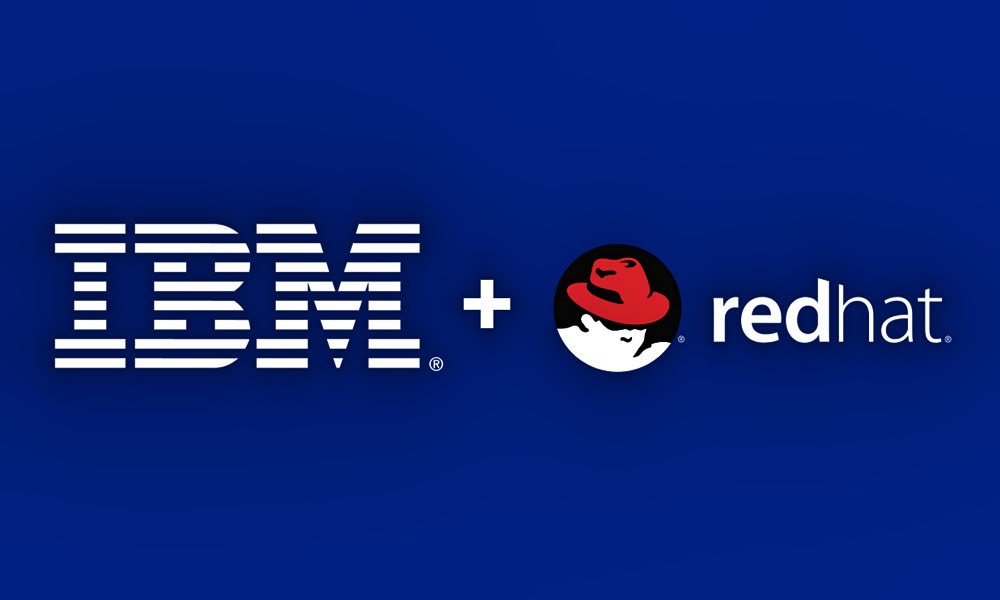IBM completed its $34 billion acquisition of Red Hat on 10 July, 2019. While IBM says it will let Red Hat operate autonomously and independently, the world wondered what impact this mega acquisition would have on customers who are increasingly looking to deploy hybrid cloud solutions. How would the portfolios of both companies complement each other? And how would the synergies play out? Both companies have completely different cultures, yet they operate in common markets and have a common set of customers. And then there are thousands of ISVs and SIs in the ecosystems of both companies. Everyone also wants to know why IBM would pay a mammoth $34 billion for one company.

John C.P. Allessio, Senior Vice President & General Manager, Global Services, Red Hat
DIGITAL CREED met John C.P. Allessio, Senior Vice President & General Manager, Global Services, Red Hat a few days later. While John, an ex-IBMer, refrained from speaking for IBM, he spoke mainly from Red Hat’s point of view. But he occasionally walked to the other side to give us his own opinion about IBM Services. So we should cautiously throw in a disclaimer here: His views about IBM are personal.
In this interview you will learn what the two companies stand to gain from each other through this partnership. And in our opinion, it has a lot to do with hybrid clouds, Red Hat OpenShift, and the downstream innovation from the open source community.
Here are edited excerpts from the interview:
DC: Now that the acquisition is completed, how will IBM and Red Hat work together as business partners on a common strategy for the benefit of their common customer?
John: I would not think of it as a merger or an integration. It’s very different. IBM has a set of capabilities which Red Hat does not have. We have joint customers, especially with some very large customers. In those accounts, there’s a unique opportunity to more proactively work together and to create more partnership together as two strategic partners going together to the customer with a joint plan.
In general, Red Hat has been growing so fast. We have consulting, training and partner enablement — the opportunity in the market for growth is huge. And that’s a positive.
We’ve been working to grow a number of business partners, whether it is Accenture, Wipro, Atos, Tech Mahindra — we’ve been working with them to scale up their practices. Even in doing that, there are still more opportunities than capabilities in the industry.
IBM Services (GBS and GTS) are very synergistic for us. We get asked about managed services, for instance. We are going to build more supply by working with IBM GBS (Global Business Services) and GTS (Global Technology Services).
The second opportunity is, when you think of legacy, you look for the gems in legacy and bring them into the new environment. So you could think of containerizing the IBM middleware portfolio and bringing it forward in a modern way on to the Open Shift platform. So we can work with customers to leverage those legacy gems in a new way. We could not do this in the past, but now there seems to be a lot more interest.
So this is about two business partners coming together with a common strategy for a client.
We have to compete and be the best answer for the customer. You need to have a strategy that has the right products, the right services, the right architecture, the right approach to address the customers need. So it is really about keeping the customer first.
DC: How are you going to communicate this vision to the ISVs and the SIs, who have been very loyal to IBM for so many years? Some have been loyal to Red Hat. How do you see the partnership happening at that level?
John: I think it is easy to do that for the ISVs because IBM has decided that the Red Hat portfolio is a strategic portfolio. We are building solutions on the Red Hat portfolio. IBM is a conglomerate of an SI, an outsourcer, and a software company. Those three entities work very independently from each other.
When IBM Services started in the early 90s, it was 100% independent from the IBM portfolio. They went out of their way to say they were multi-vendor, even picking non-IBM products like Oracle and BEA for customers. IBM Global Services had bigger practices on Microsoft, Oracle, SAP — than it did on IBM Software.
Today, if you compare the number of practitioners around IBM Software technology versus all the other vendors in the industry, you are going to find more skills outside of IBM Software than IBM Software. Even today, IBM Services is independent from IBM. So that makes it easy for Red Hat to come in, being independent, because the Services groups (at IBM) are already independent.
DC: How do you see customers benefitting from this partnership? There would be common customers, of course.
John: We have joint customers, especially with some very large customers. Many of those customers have IBM software, IBM hardware and IBM outsourcing. They also have Red Hat solutions. So now there will be more choice for the industry.
For those who are already IBM Services customers, they are now going to be able to procure capabilities from IBM services around Red Hat technology.
So this gives a new strategic partner for Red Hat, who also has a very large committed, loyal, customer base.
For other customers, who are IBM only customers, and not Red Hat customers — this opens the door for the Red Hat team to get more of an audience as to how we could help those customers with their digital transformation.
On the flip side, for traditional Red Hat customers that either have no or small IBM footprint, we can do the same there as well.
We have to compete and be the best answer for the customer. You need to have a strategy that has the right products, the right services, the right architecture, the right approach to address the customers need. So it is really about keeping the customer first.
In my opinion IBM is looking to learn open source technologies from Red Hat. Yes, IBM has been involved with open source for many years and had invested in Linux, and has a Linux division. But IBM never developed the distribution and they never developed open source based software. While they participated in the communities, they didn’t lead in the communities and they didn’t catalyse the communities to drive innovation.
DC: What can IBM learn from Red Hat? How will they benefit from this acquisition?
In my opinion IBM is looking to learn open source technologies from Red Hat. Yes, IBM has been involved with open source for many years and had invested in Linux, and has a Linux division. But IBM never developed the distribution and they never developed open source based software. While they participated in the communities, they didn’t lead in the communities and they didn’t catalyse the communities to drive innovation.
I feel IBM is looking to learn how we do that, to accelerate innovation on the IBM portfolio side. IBM is trying to learn how Red Hat leverages these open source communities to drive innovation. So perhaps you will start to see more open source development on the IBM side.
Related stories:
IBM Transforms its Software to be Cloud-Native and Run on Any Cloud with Red Hat
The asset that IBM should really value (and preserve) from Red Hat
IBM’s acquisition of Red Hat will put it in the top 3 club for cloud computing services
Interview with Lingraju Sawkar, General Manager, Global Technology Services, IBM India/South Asia









